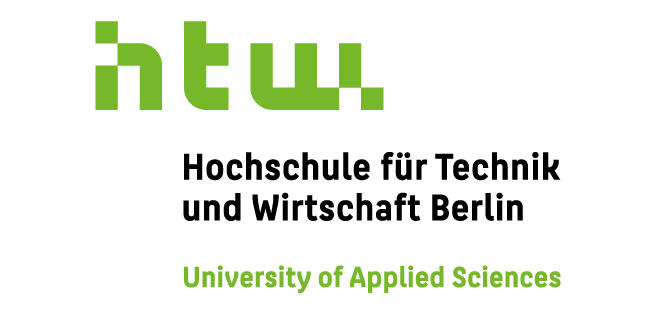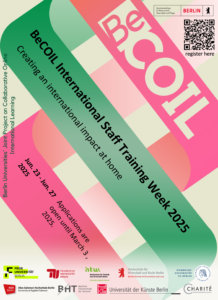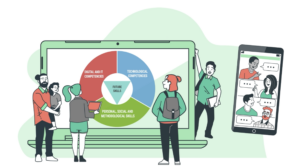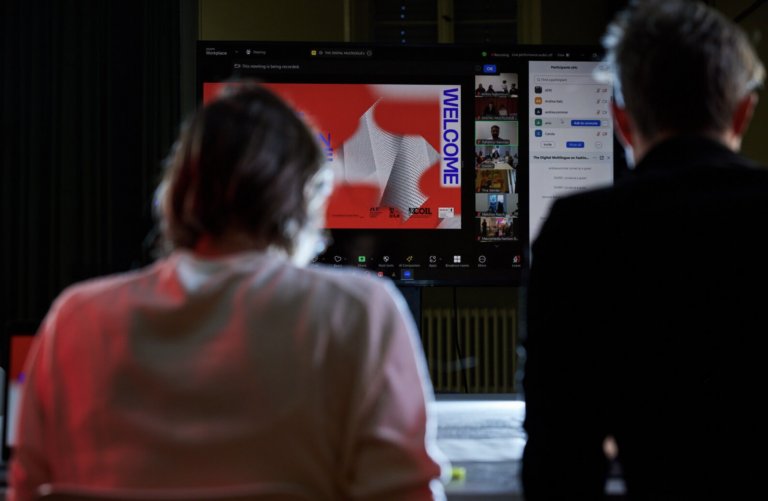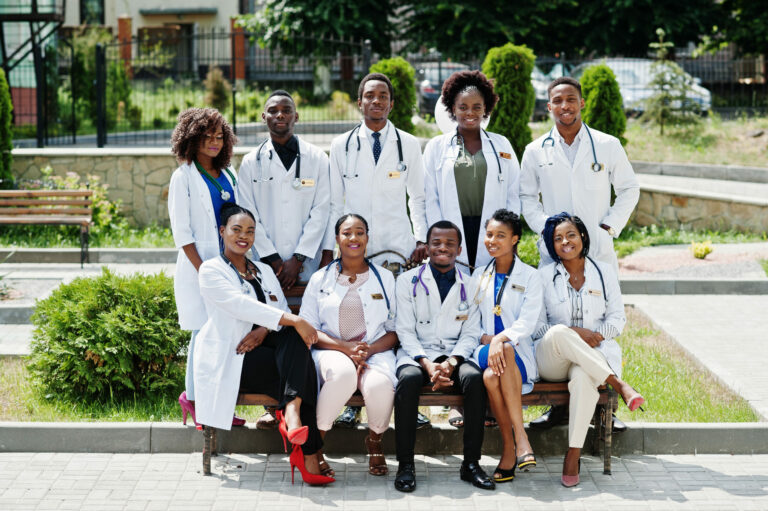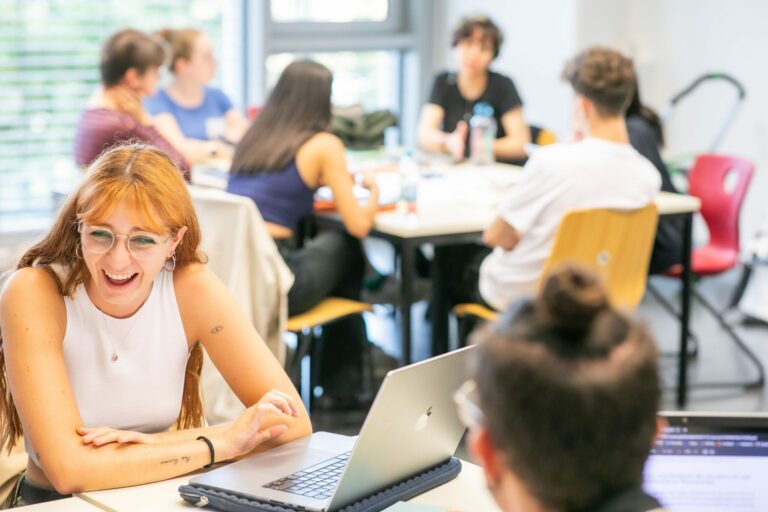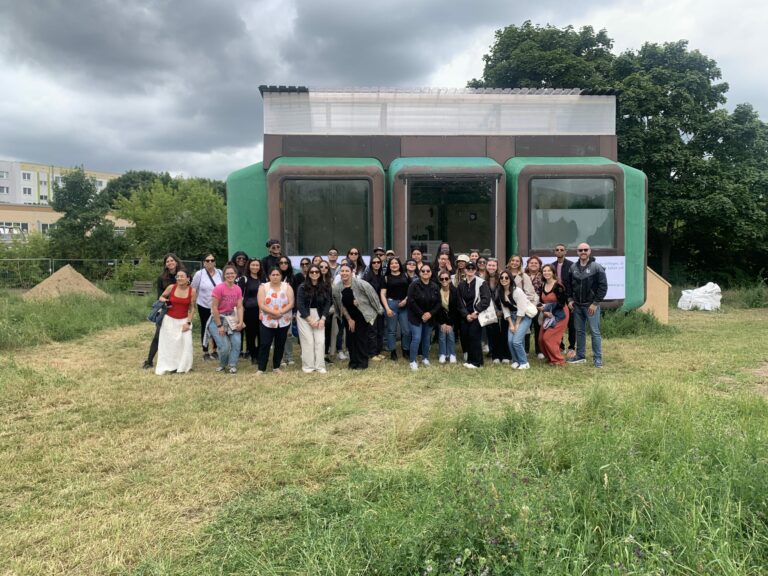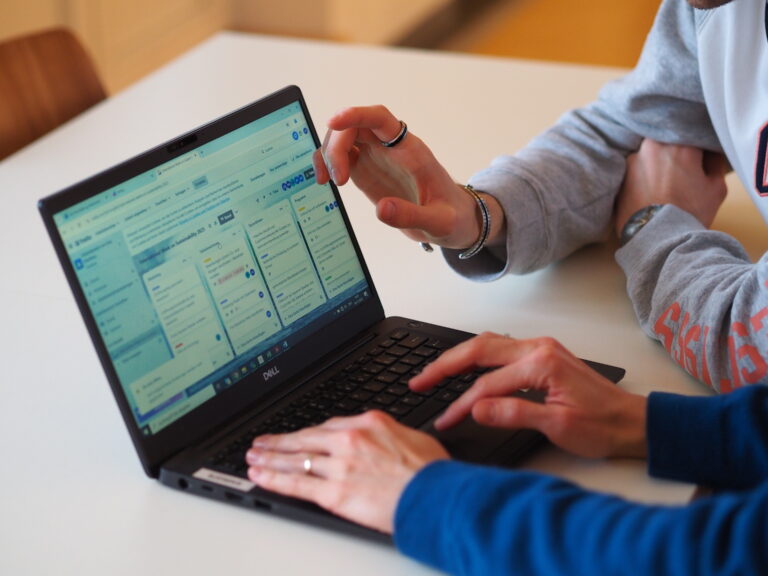BeCOIL promotes the innovative COIL concept among lecturers and provides them with the necessary support to plan and offer a COIL course. COIL project coordinators are present at all nine Berlin partner institutions. The project is funded by the Berlin Senate under its “Qualitäts- & Innovationsoffensive” programme.
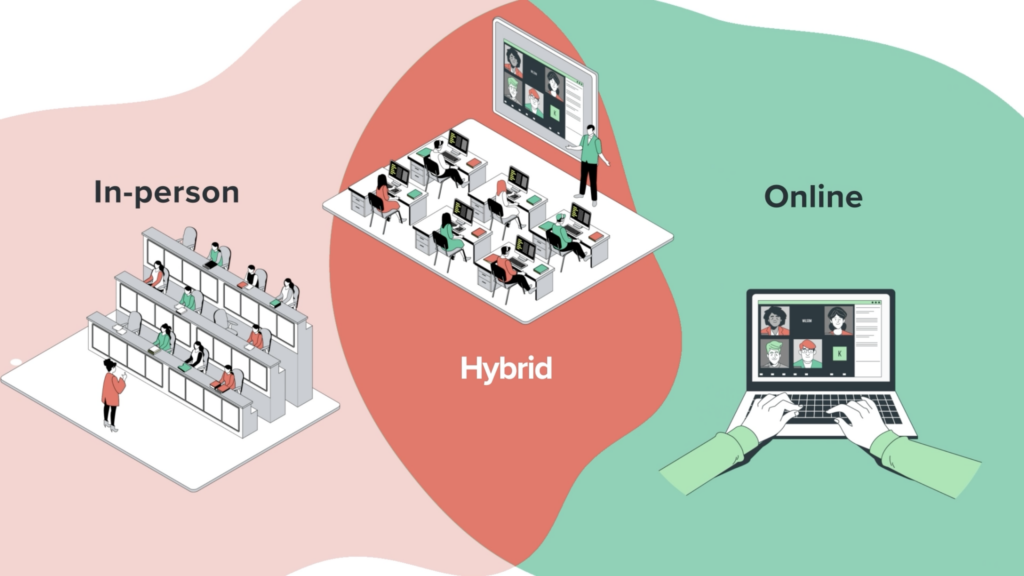
What is COIL? An innovative teaching concept offering valuable learning experiences and creating connections across disciplines. Students from different countries work together on projects, develop their intercultural skills and gain valuable experience in international teamwork – essential key qualifications that enhance students’ employability.
COLLABORATIVE
Lecturers collaborate with counterparts from at least one other country to develop joint projects (often built into existing courses). Students collaborate with peers from another country on joint projects.
ONLINE
Interactions take place virtually in live sessions or in asynchronous groupwork. In-person meetings can also be built into the projects but are not a must.
INTERNATIONAL
Projects are developed with one or more partners from at least one other country and potentially even another discipline.
LEARNING
The learning that takes place is not limited to the course content. Through groupwork, interaction and purposeful activities students develop increased cultural competences and language skills.
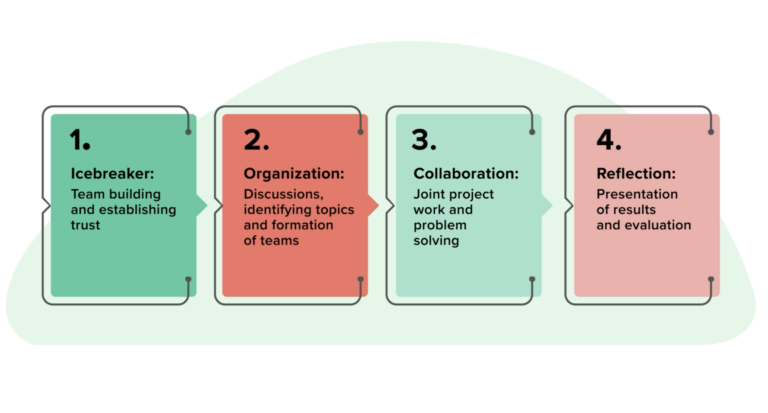
The phases of a COIL: A COIL usually involves four phases: Icebreaker, Organization, Collaboration, and Reflection. In the first two phases, Icebreaker and Organization, participants get to know each other, clarify organizational details, and form mixed teams. In the third phase, Collaboration, students actively work together on a joint project. The fourth phase, Reflection, focuses on evaluating and analyzing the collaboration to deepen the learning experiences. This structured approach ensures effective cooperation and promotes exchange across national borders.
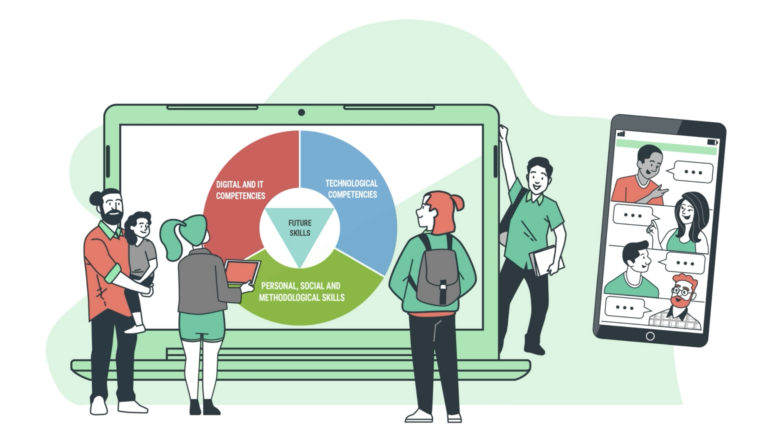
The value and benefits of COIL: Participation in a COIL strengthens key skills such as cultural competence, foreign language skills and the ability to work in international teams. These key qualifications are essential for the global working place and make a significant contribution to increasing students’ employability.

An example of a COIL: COIL connects students and lecturers worldwide to create valuable teaching and learning experiences. Through virtual collaboration across borders, participants develop intercultural and digital skills. A concrete example of a COIL project can help to illustrate this innovative teaching concept and highlight its benefits.
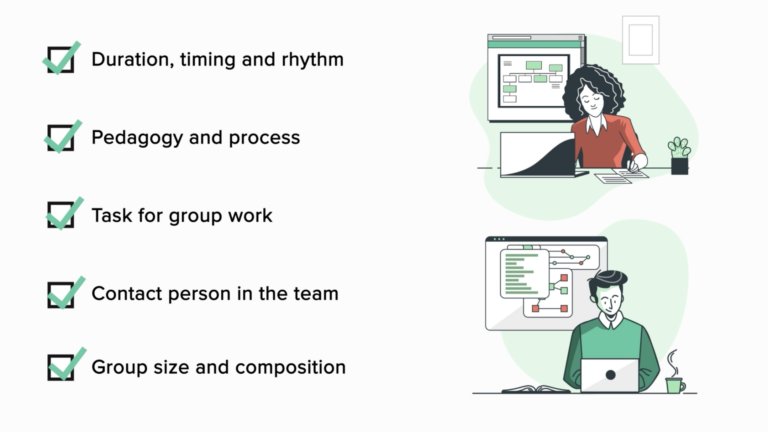
Suggestions for developing a COIL: COIL projects can be implemented both within a specific subject area and in an interdisciplinary context. After successfully finding partners, lecturers develop the COIL project together by defining the framework, methods, and objectives of the collaboration. This structured approach enables effective cooperation and promotes exchange across disciplines and national boundaries.
NEWS & EVENTS
PROJECTS
MEDIA
BeCOIL Tools and Links. Here you can find consolidated information on useful tools and links for your digital learning and teaching projects.
BeCOIL Information Brochure. Here you can find consolidated information on what is COIL, the BeCOIL project and how to get engaged at your instituion.
Our Serious Game. Test your intercultural communication skills before taking part in a COIL. Dive into the world of Geometria! Use any device to start your adventure.
Self-Learning Course. A practical guidance to enhance intercultural collaboration through COIL. You will be able to access this course after registration.


